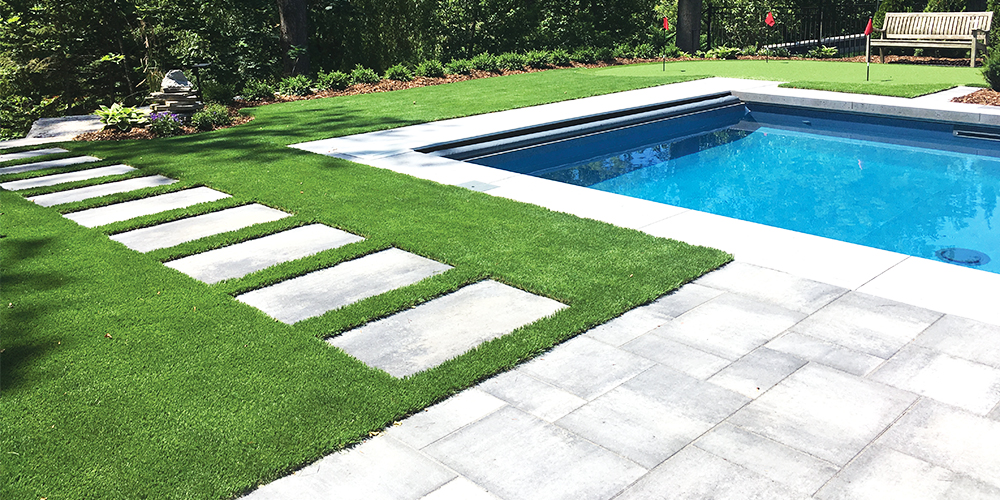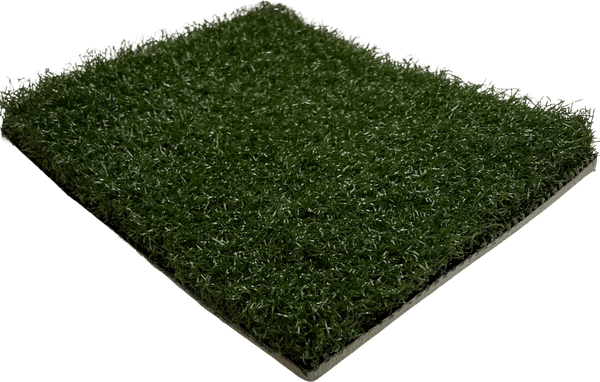Luxury Arizona Turf Installation Solutions for Homes and Businesses
Luxury Arizona Turf Installation Solutions for Homes and Businesses
Blog Article
Explore the Environmental Advantages of Opting for Artificial Turf Solutions
The adoption of synthetic grass solutions presents a compelling opportunity to deal with pressing environmental obstacles. By dramatically decreasing water use and lessening the application of harmful chemicals, these choices not only promote sustainable landscape design but also shield neighborhood ecological communities. The lower carbon footprint linked with reduced maintenance tasks contributes to a much more sustainable strategy to land management. The ramifications of these advantages expand beyond plain preservation initiatives, increasing questions regarding their long-lasting influence on environment conservation and general environmental balance. Checking out these measurements exposes a complicated interplay worth thinking about.
Water Preservation Perks
Among the most considerable benefits of synthetic grass is its capacity to save water. Conventional grass yards call for substantial irrigation, especially in areas susceptible to dry spell or water limitations. In comparison, synthetic grass does not need watering, significantly reducing the general need for water sources. This feature is specifically valuable in deserts where water scarcity is a pressing worry.
By removing the demand for normal watering, synthetic grass adds to sustainable landscape methods and aids minimize the ecological impact of excessive water intake. The conservation of water extends to the decrease of runoff, which can lead to dirt erosion and river air pollution.
Furthermore, the installation of synthetic grass allows homeowners and communities to assign water resources extra efficiently, concentrating on essential uses such as alcohol consumption water and agriculture. The change in the direction of synthetic lawn not only advertises accountable water usage but likewise lines up with broader ecological objectives focused on protecting natural deposits.
As communities progressively prioritize sustainability, the water preservation advantages of fabricated lawn present a compelling instance for its adoption in property and business landscaping jobs.
Minimized Chemical Usage
The transition to man-made lawn dramatically lowers the reliance on chemical treatments frequently utilized in all-natural yard maintenance. Standard lawn monitoring generally entails the application of plant foods, chemicals, and herbicides to promote development and control pests. These chemicals can posture risks to human health and wellness, regional wildlife, and the setting, contributing to dirt and water contamination.
In comparison, man-made turf gets rid of the requirement for these dangerous compounds. By decreasing the launch of artificial compounds right into the ecosystem, artificial turf advertises much healthier dirt and water systems.
Additionally, the lack of chemical runoff linked with synthetic grass installations assists secure local rivers from contamination, supporting aquatic life and preserving biodiversity. Arizona turf. As neighborhoods significantly prioritize sustainable practices, going with synthetic grass presents a feasible remedy that aligns with ecological conservation goals. Via this shift, home owners can appreciate rich green rooms without compromising ecological health and wellness, leading the way for a more sustainable future
Reduced Carbon Impact

Moreover, the installation of artificial lawn can lead to considerable water preservation. Natural yards require substantial amounts of water for irrigation, which not only includes to the carbon footprint linked with water removal and treatment yet additionally pressures regional water resources. On the other hand, synthetic grass requires very little maintenance, calling for no watering, consequently significantly lowering water use and its linked energy expenses.
Additionally, the long life of artificial lawn contributes to its decreased carbon influence. With a life-span of as much as 15 years or more, the need for constant substitutes is lessened, resulting in less waste and reduced energy intake in manufacturing and dealing with traditional lawn options. Overall, fabricated grass presents a lasting option for eco aware landscape design.
Environment Conservation
Environment conservation is a crucial factor to consider in the argument over landscape design choices, particularly when comparing fabricated lawn to natural grass. Natural lawn lawns frequently need considerable upkeep, consisting of the use of herbicides, fertilizers, and pesticides, which can detrimentally affect neighborhood ecosystems. These chemicals can seep right into the dirt and waterways, harming indigenous plants and fauna and interfering with regional environments.
Synthetic lawn gets rid of the demand for hazardous chemicals, therefore protecting close-by wild animals and preserving the stability of surrounding ecological communities. The installation of artificial lawn can lead to the conversion of previous lawn locations into even more biodiverse landscapes, such as pollinator gardens or native plant locations, which can sustain local wildlife.
Inevitably, the shift to artificial turf not just preserves water and minimizes upkeep initiatives however likewise promotes an extra unified partnership between human tasks and the natural surroundings, promoting environment conservation in Look At This the process.
Long-Term Sustainability
Lasting sustainability is a vital consider reviewing the advantages of synthetic grass over standard turf lawns. One of one of the most substantial advantages of fabricated turf is its resilience; it can last approximately 15-20 years with marginal upkeep, whereas all-natural yard requires frequent reseeding and replacement. This durability lowers the demand for constant resources, such as water, plant foods, and chemicals, which are vital for keeping a healthy and balanced yard yard.
In addition, fabricated turf adds to a decrease in carbon exhausts linked with grass treatment devices. Traditional yards commonly call for gas-powered mowers, leaners, and blowers, all of which you can find out more add to air contamination. Artificial turf companies phoenix. In contrast, synthetic grass removes the need for such tools, promoting a cleaner setting
Additionally, the production of synthetic grass increasingly uses recycled products, boosting its sustainability profile. As suppliers embrace eco-friendly methods, the ecological footprint of synthetic grass remains to reduce.

Verdict
The adoption of synthetic grass options presents significant environmental benefits, consisting of substantial water conservation, reduced dependence on harmful chemicals, and a reduced carbon impact. Fabricated grass aids in preserving all-natural habitats by lessening land disturbance and promoting long-term sustainability through the use of sturdy materials. Jointly, these variables highlight the capacity of synthetic grass to contribute positively to environmental health and wellness and use view a sensible alternative to traditional landscaping practices in an increasingly resource-conscious globe.
In comparison, man-made lawn does not require watering, considerably lowering the overall need for water resources. By decreasing the launch of artificial substances right into the ecosystem, artificial grass promotes much healthier dirt and water systems.
Furthermore, the setup of artificial lawn can result in considerable water preservation. In contrast, man-made grass requires minimal maintenance, requiring no watering, thus considerably decreasing water use and its linked power expenses.

Report this page